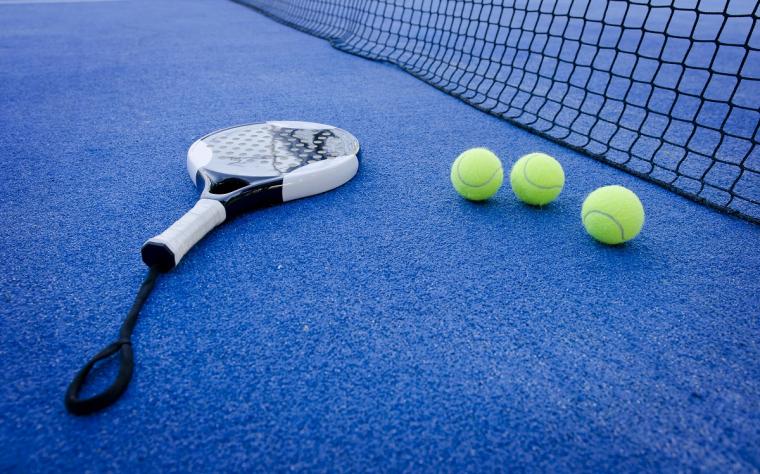
The concept of one governing body trying to manage a separate sport, with the result of animosity between the two, is nothing new.
We saw it with gymnastics and parkour, in fact, when the FIG, gymnastics’ highest governing body, announced it would make parkour a discipline of gymnastics. Parkour enthusiasts erupted – and not in a good way. To this day, there remain multiple governing and organizing bodies for that sport (and a lot of hard feelings).
Most recently, the International Tennis Federation (ITF) announced its intention to govern padel. Padel, for the uninitiated, is an incredibly fast-growing court sport. It is played in doubles across a net (similar to the rules of pickleball or tennis) but in a closed court and with the ability to play shots off the walls, the way racquetball and squash are played. It was invented in Mexico in the 1960s and has grown in popularity, initially among Spanish-speaking countries, but since, in others as well. It has a scoring system similar to that of tennis.
 And it is huge. According to DejaVu, it is one of the fastest-growing sports worldwide, with 8 million players. It has a great growth potential and grows at a rate of roughly 250,000 new players every year. Currently, Spain and Argentina are the largest padel nations in the world. Spain has more than 11,500 courts and Argentina more than 8,000.
And it is huge. According to DejaVu, it is one of the fastest-growing sports worldwide, with 8 million players. It has a great growth potential and grows at a rate of roughly 250,000 new players every year. Currently, Spain and Argentina are the largest padel nations in the world. Spain has more than 11,500 courts and Argentina more than 8,000.
The number of padel paddles is also skyrocketing, attributable to the fact that it can be played on public facilities, the fact that it can be played outdoors, and to the fact that there are demographic shifts going on currently.
And apparently, its growth has not gone unnoticed. Recently, ITF announced it would like to be the governing body for padel as well, an idea to which the International Padel Federation (FIP), not surprisingly, was vehemently opposed. So very much, in fact, that it filed an appeal with the Court of Arbitration for Sport (CAS) seeking to stop what it characterizes as a "hostile takeover."
If you thought those were fightin’ words, well, you’d be right.
According to Inside The Games, the ITF was accused [by IFP] of breaking the terms of an agreement signed by the ITF and FIP in 2019, as well as the Olympic Charter. The "sudden decision of ITF to incorporate Padel under its curtilage thus benefiting from FIP's efforts and actions over the past 31 years when the ITF has never invested any resources for the development of the sport of Padel, organized any Padel competition or even attempted to promote the sport, is a parasitic and disloyal behavior which goes against good faith and which undoubtedly falls under unfair competition practices,” read the filing to the CAS.
And when the dust settled, the FIP won the fight -- narrowly. Inside The Games noted that the ITF’s proposal for governance was rejected at the ITF Annual General Meeting in Glasgow. An amendment to the ITF's constitution was needed for the move to go ahead, and that required a two-thirds majority. While the motion did have a simple majority, it did not have enough votes in favor to be passed. Of the votes cast, 57.48 per cent were in favor.
FIP President Luigi Carraro responded to the vote by calling it "a victory for the independence and integrity of sport.”
The situation is eerily reminiscent of the tennis/pickleball conflict. For years, the sport of tennis shunned the concept of putting pickleball lines on existing courts, and in fact, was averse to pickleball entirely. Pickleball, however, has continued to grow, with its new-player growth eventually outpacing that of tennis, and many tennis players leaving the sport to join pickleball. Now, governance organizations for tennis are far more welcoming; however, USA Pickleball has continued its own growth pattern.
Where padel goes from here is unknown; all that is known is the fact that – for now, at least – FIP will continue its governance and its oversight of the sport.

